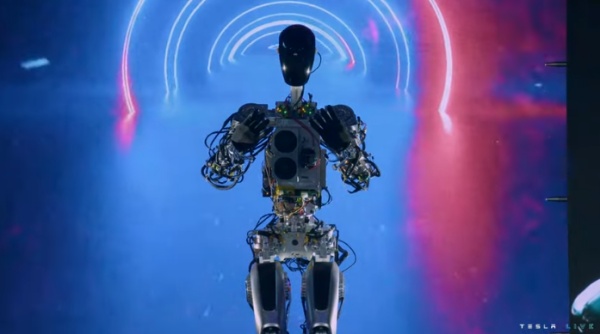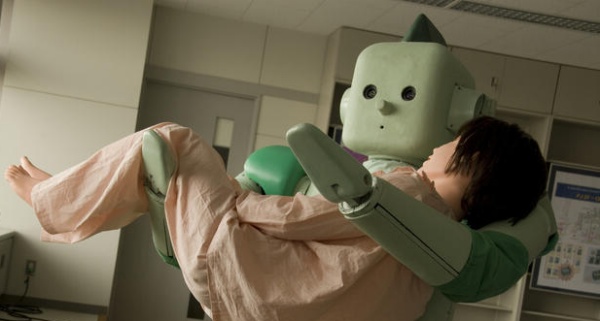What's the point of GENERIC, HUMANOID robots?
Robots, OK. But really human-like robots?
Elon Musk has recently presented the prototypes of something that, according to some people, may become an enormous potential both for assisting the elderly, and as housemaids: antropomorphic, general purpose robots.

Hmm…
Let’s look at those two scenarios, or better: “business cases”, starting with the easiest one, that is antropomorphic, general purpose housemaids.
Such robots are fun to watch in movies, but let’s be realistic: could they ever become a profitable, sustainable product for the masses, that is something that someone living in a handful of square meters could both afford and not bump into every minute?
Above all, could such robots ever work, without constant supervision, which is precisely what everyone paying for a household robots pays to avoid?
Factory activities like picking parts on a shelf or turning screws, are (relatively) easy, as they require “learning” how to use only one model of shelf or screwdriver.

Hey, Robot, clear this table
</em></u>
But handling all the possible combinations of furniture, appliances and household goods made for humans, not robots, in all the ways they may possibly be combined in every household made for humans, not robots?
That is an enormously more complicated problem, and not even a new one. It’s the very same problem of driverless cars, or of almost every attempt to digitize public administrations: making a car that can move alone in a closed track, or a website to file pension request is trivial. Making the same things in ways that fit in the already existing “environment”, without changing it in any way, is an entirely different dream.
Assuming it’s possible, is it really something that is worth all the money that it would cost?
OK, what about caregiving instead?

We already have data, albeit from just one society but for years now, supporting the thesis that robotic caregivers may help address the challenges of rapidly aging societies.. Other research of the same type is ongoing.
So, albeit it’s almost surely too early to make any general, definitive conclusion about it, we certainly annot exclude that robots may help in some cases of elderly care, and that they don’t even need to be really antropomorphic for that.
Wait a moment though! What IS the goal here?
Seriously: what is the goal here? Selling robots, or taking care of the elderly?
Because, if the problem to solve is the latter, it’s way easier, and way better too, to solve it by “inventing” better physical and social infrastructures before ANY robot.
Because throwing to senior citizens truly antropomorphic robots and nothing else may generate new kinds of problem. Namely, the problem of elders telling their robot “hey, if all I get is you, life sucks anyway. Please kill me”. If that’s the goal, better spend much less money on “AI-monitored, 3D printed suicide”
Who writes this, why, and how to help
I am Marco Fioretti, tech writer and aspiring polymath doing human-digital research and popularization.
I do it because YOUR civil rights and the quality of YOUR life depend every year more on how software is used AROUND you.
To this end, I have already shared more than a million words on this blog, without any paywall or user tracking, and am sharing the next million through a newsletter, also without any paywall.
The more direct support I get, the more I can continue to inform for free parents, teachers, decision makers, and everybody else who should know more stuff like this. You can support me with paid subscriptions to my newsletter, donations via PayPal (mfioretti@nexaima.net) or LiberaPay, or in any of the other ways listed here.THANKS for your support!